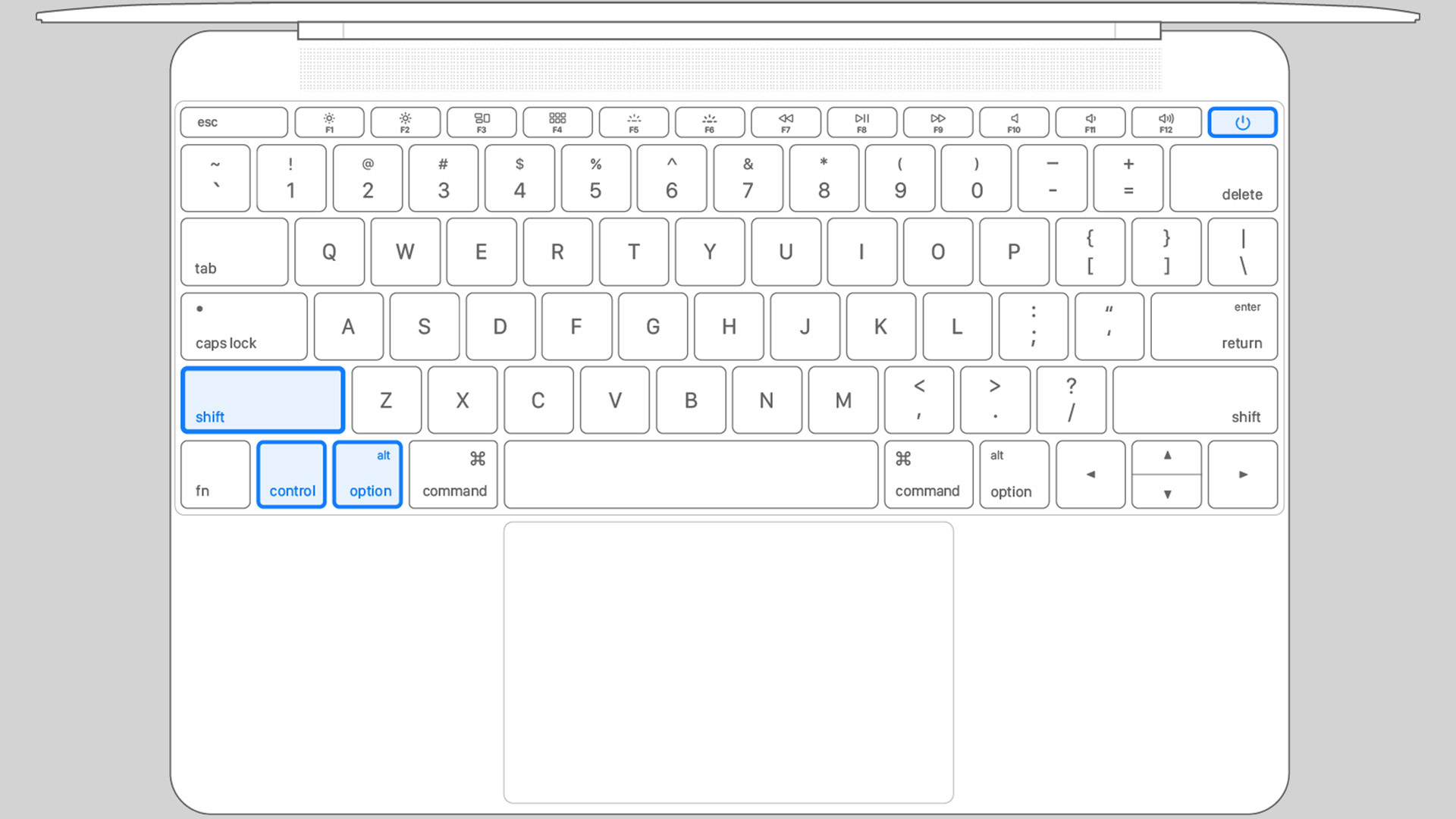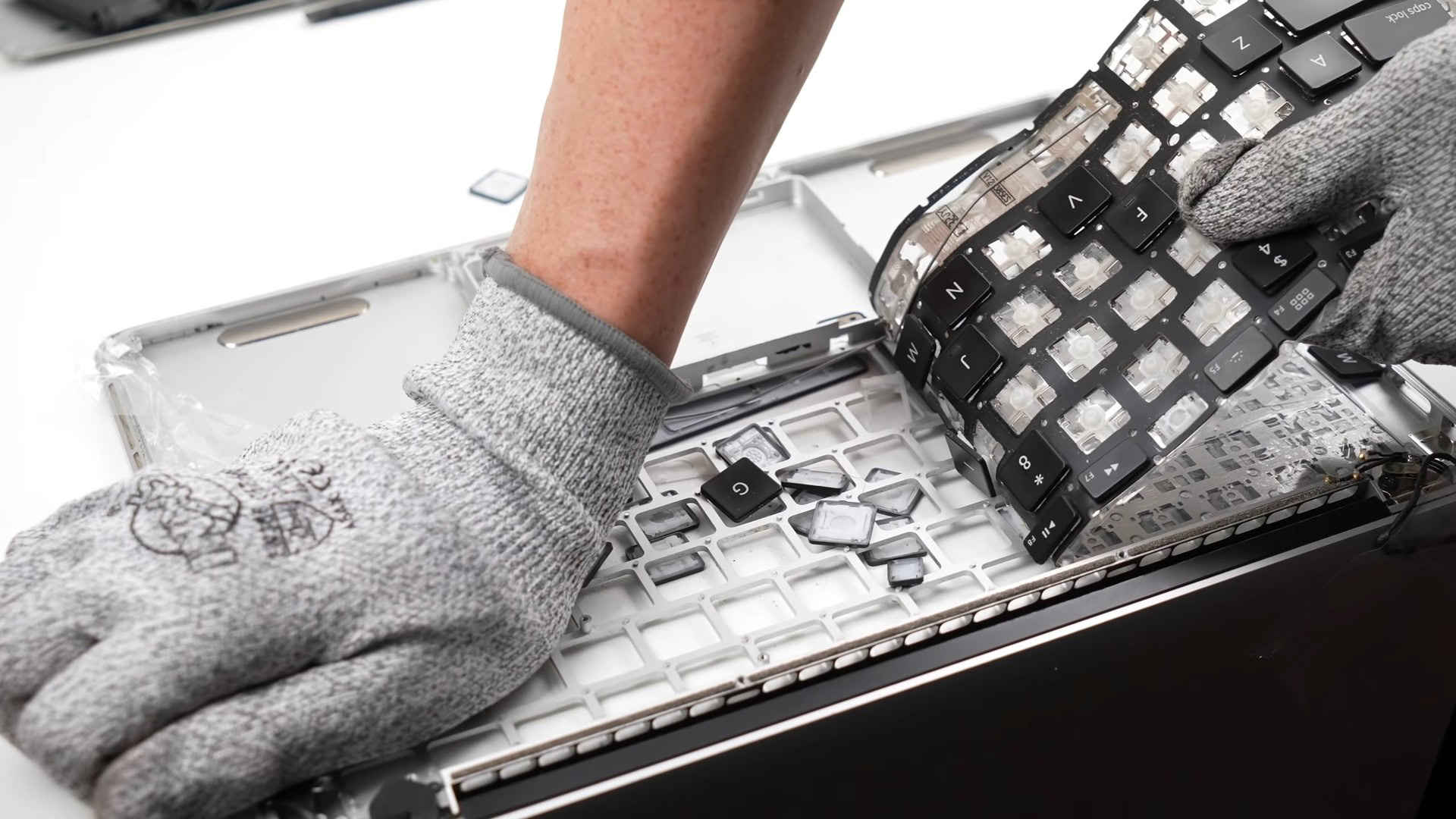Affiliate links on Android Authority may earn us a commission. Learn more.
How to fix a MacBook that won't turn on
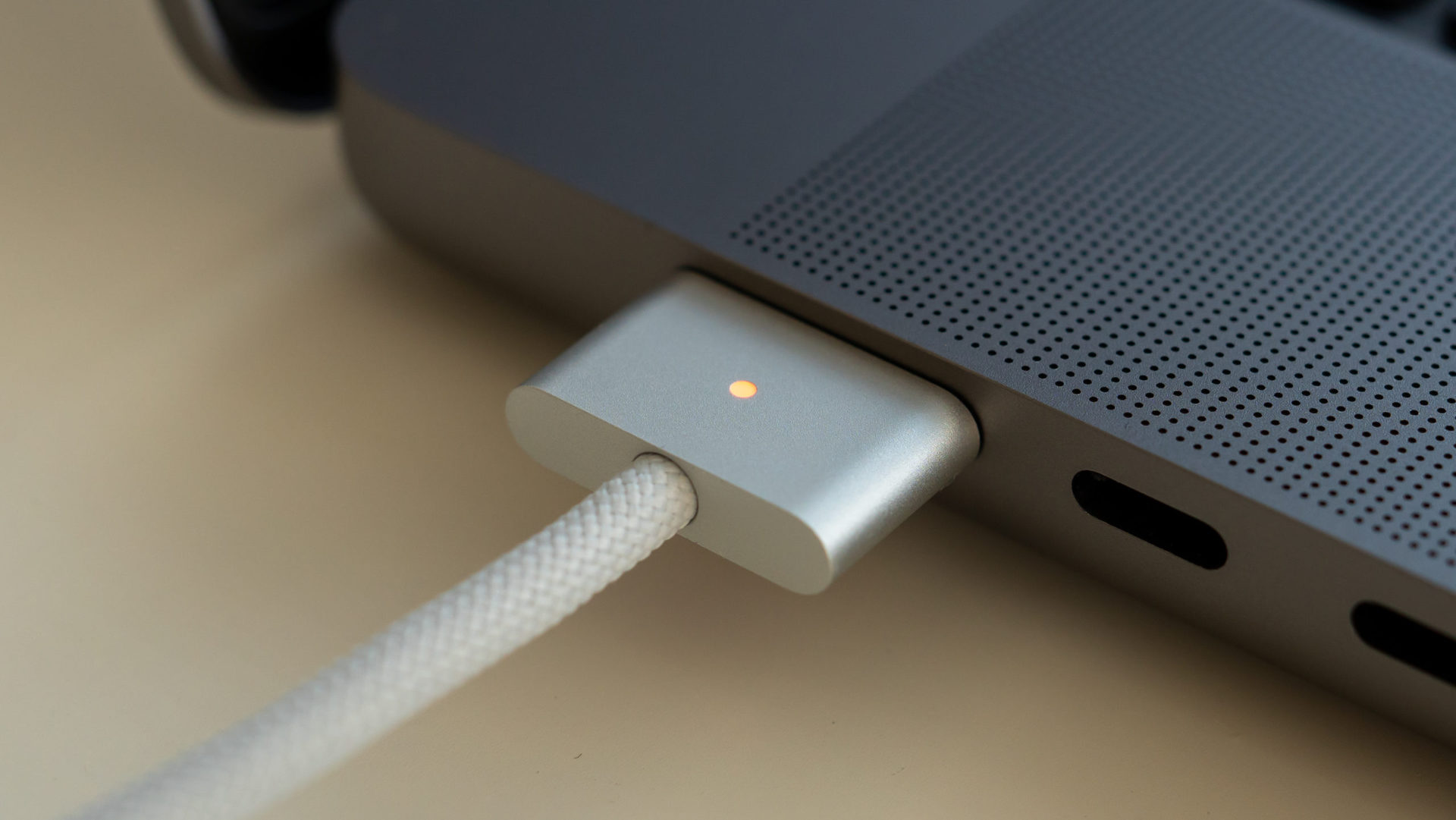
There aren’t a lot of reasons why a MacBook won’t turn on. However, they are all equally scary. People keep a lot of stuff on their Macs these days and being unable to access that stuff is not a good feeling. Let’s go through the reasons why a MacBook won’t turn on and see if we can help you skip a trip to the Apple Store.
QUICK ANSWER
To fix a MacBook that won't turn on, first check your power connections to make sure everything is plugged in and functioning. Then, try pressing and holding the power button for ten seconds. If that doesn't work, try unplugging your accessories and resetting the SMC. There isn't much else to try after that, and you'll have to take it to a repair shop.
JUMP TO KEY SECTIONS
How to troubleshoot a MacBook that won’t power on
Let’s start with the basics as per Apple’s support page. These steps are pretty basic and should only take a few minutes to perform.
Check your power connection

The first thing you should try is checking your power connections.
- Make sure your MacBook charger is plugged into the wall. Make sure the wall socket is working.
- Make sure your MacBook charger is also plugged into the MacBook completely. Try a different charging port if you can, since some MacBooks come with USB-C chargers.
- Try using a different charger to make sure it’s not a broken charging brick. Alternatively, try testing your charger on a different MacBook if you can.
These are fairly basic steps, but sometimes people plug their Macs into wall sockets controlled by a light switch, and the light switch is switched off. These things happen.
Try power cycling the MacBook
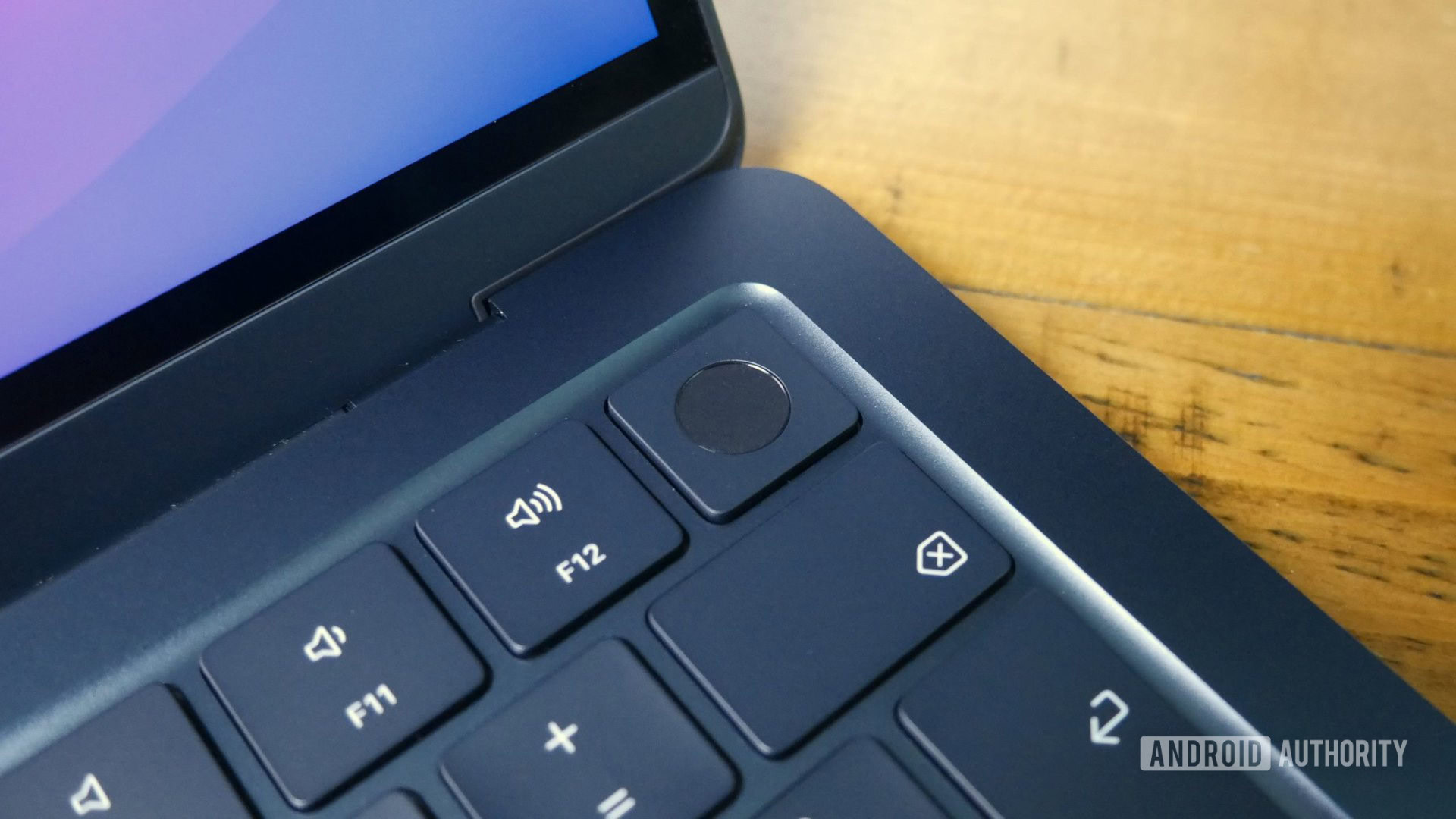
- Press and hold your MacBook’s power button for 10-20 seconds.
- Release, and then attempt to power on your MacBook.
- Note — MacBooks with Touch ID use the Touch ID button as a power button.
Unplug all of your accessories

Accessories can cause some issues that can result in a MacBook refusing to turn on. Try unplugging everything from your MacBook, including external displays, mice, keyboards, flash drives, and anything else.
From there, do the power cycle trick just above this and see if everything works okay. If it does, there’s a good chance one of your accessories caused the issue. Usually, it’s just a temporary issue, and plugging everything back in will work fine, but it can also occasionally mean that an accessory is messed up.
More advanced things to try
These are some more advanced tricks that might help you solve the problem. They take a bit more time but can still work to solve your problem.
Reset the SMC
- Power down your MacBook.
- Press and hold Shift+Control+Option. While holding those down, press and hold down the Power button.
- Hold all four buttons together for 10-20 seconds and release.
- Attempt to turn on your MacBook.
- Note — MacBooks with Apple Silicon reportedly reset their own SMC every time the machine turns off and back on again, so this method won’t work with Apple Silicon MacBooks.
If you need more guidance, we have a whole tutorial on how to reset the SMC on any Mac.
Reset NVRAM (or PRAM)
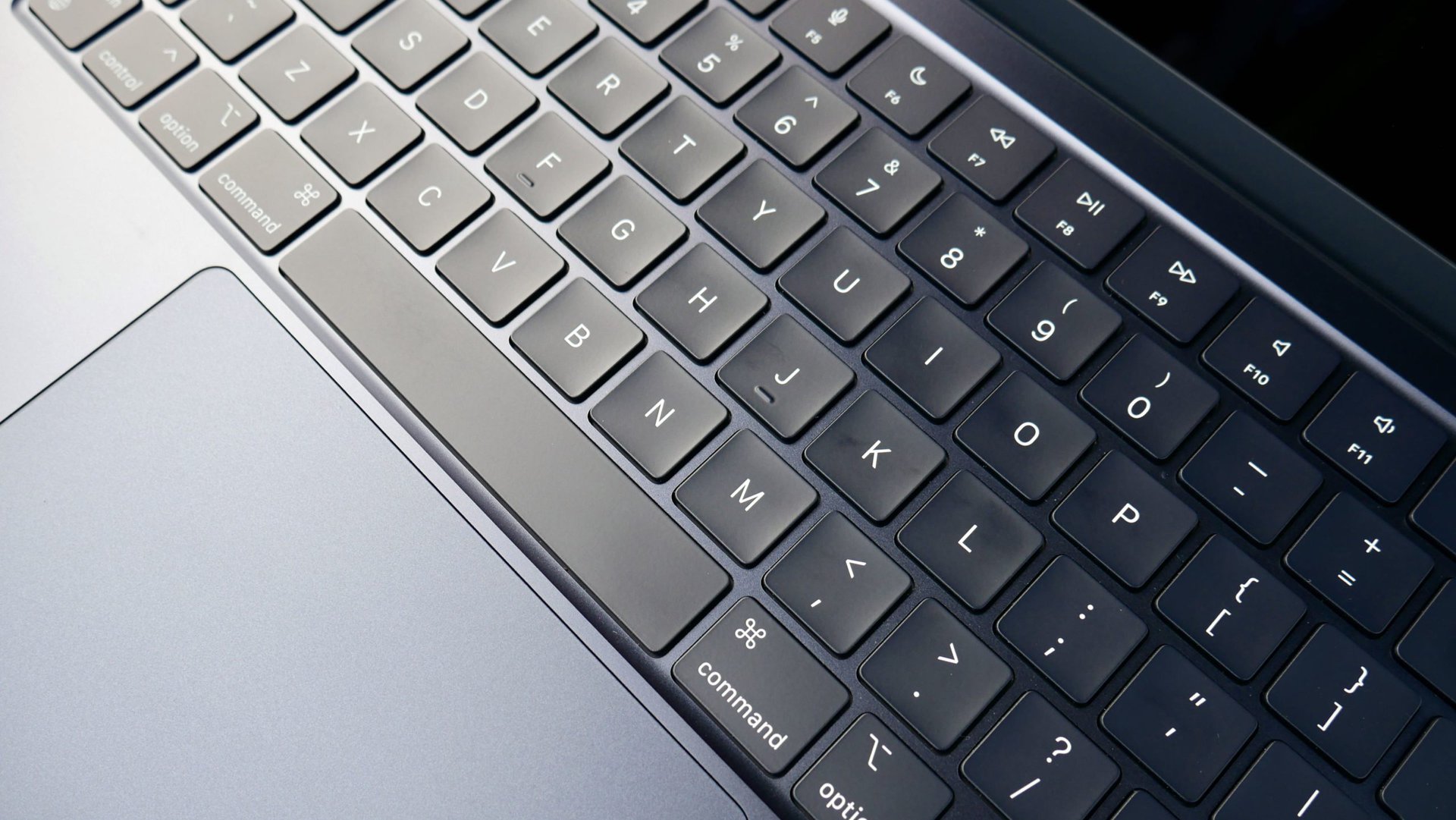
- Shut down your MacBook.
- Press and hold the power button. As soon as your machine makes any noises whatsoever, immediately press and hold Command+Option+P+R.
- Hold down all the keys for about 20 seconds or until your MacBook reboots twice.
- If this was the problem, the MacBook should boot normally.
- Pro tip — You’ll want to use your MacBook’s built-in keyboard for this. The machine may not recognize a USB or Bluetooth keyboard keypress in time to make all this work.
- Note — Apple Silicon MacBooks test their own NVRAM on each boot and resets automatically if needed. The below method doesn’t work with Apple Silicon MacBooks.
If your screen turns on but doesn’t boot, try getting into the recovery
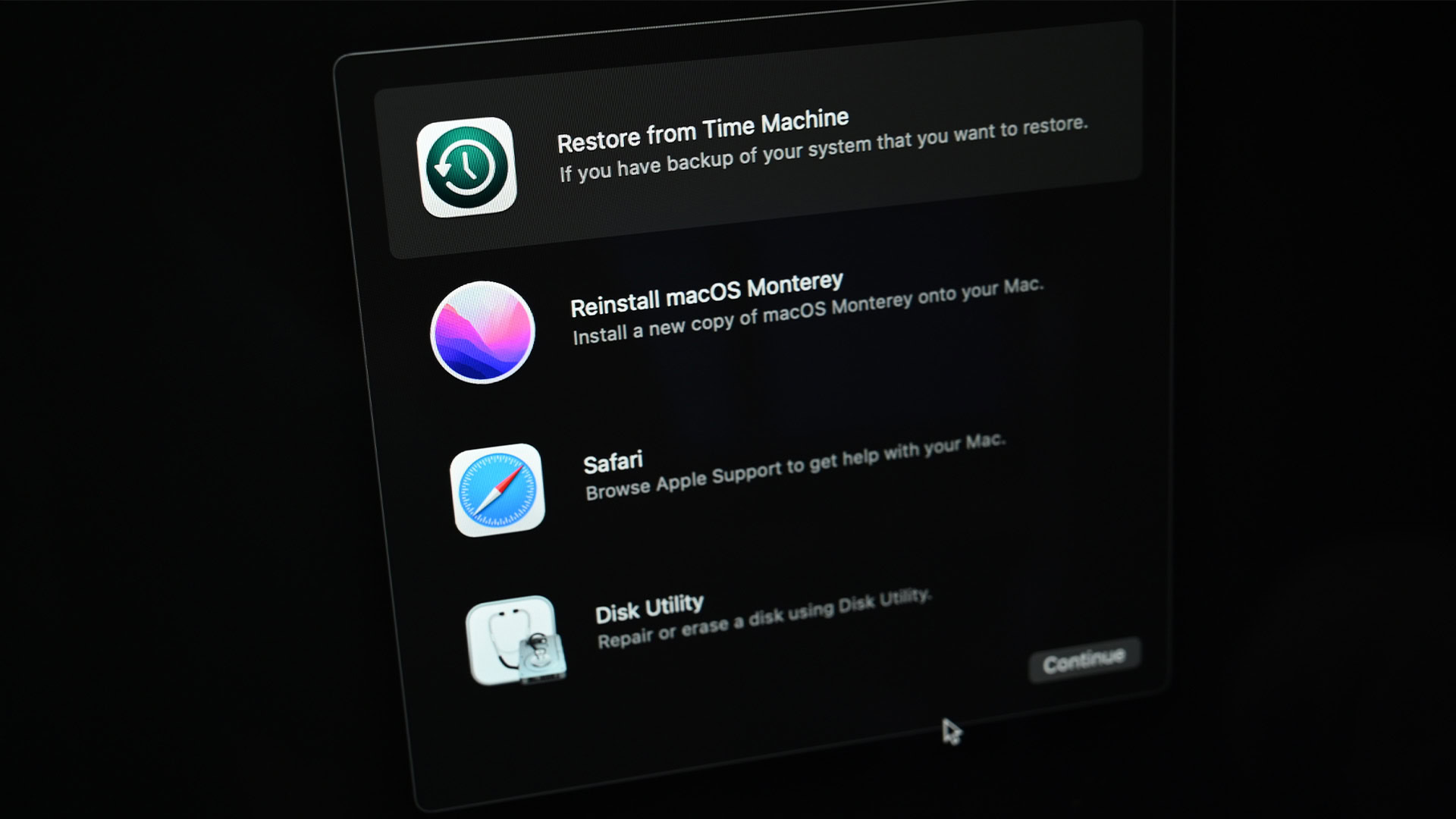
If your MacBook’s screen turns on but doesn’t boot, try getting into the recovery. From there, you can reinstall macOS, which can solve a lot of problems. Luckily, a macOS reinstall doesn’t wipe your machine’s data by default, so you can do this without losing everything unless something goes horribly wrong.
- Apple Silicon MacBooks — While entirely shut down, press and hold the power button to enter into recovery mode.
- Intel MacBooks — While entirely shut down, turn the Mac on and immediately press and hold Command+R. If that doesn’t work, try Command+Option+R or Option+Shift+Command+R.
- Once in recovery, navigate the menus until it gives you the option to reinstall macOS.
- Follow the menus until installation begins.
- If the issue was caused by corrupt system files, this should fix it.
If you’re having some trouble, we have a longer tutorial for reinstalling macOS here with more granular instructions.
Other potential issues to consider
Finally, there are some internal issues that you can’t really fix without a repair shop, but we can tell you symptoms to check for, just in case.
- Bad battery — A bad battery will inevitably happen to all MacBooks someday because batteries degrade. You can tell this is the problem if it doesn’t turn on when only on battery power, but it boots up okay when plugged into the charger. Read our guide to learn more about MacBook battery health.
- Bad logic board — A bad logic board can happen to any MacBook. Signs that it might be a bad logic board include seeing no activity whatsoever when hitting the power button, even with the power cable connected.
- Broken charger — The most common issue is a burned-out charger. Try using your charger on another machine if you can, and try to find another charger to try on your MacBook.
- Bad charging port — This is slightly rarer but can still cause this problem. If you plug in your charger and you don’t see the charging light turn on, this may be an issue.
- Bad screen — Sometimes, the MacBook is functioning normally, and you can’t see anything because the screen is dead. You’ll be able to hear all of the boot noises, including fans on older MacBooks, but you won’t be able to see anything. That’s how you know it could be a screen issue.
You should take your MacBook to a repair shop if you suspect that the charging port, logic board, or battery has gone bad. That’ll require opening up the MacBook and replacing components. A broken charger can be replaced pretty easily, though, and can be returned for a refund if it turns out not to be the problem, so we recommend trying that first.
Up next: The best Macbooks money can buy right now
FAQ
There are a variety of reasons this can happen, including corruption in the SMC, NVRAM, or system files. Your battery may be dead, the charger may be dead, or your MacBook might be booting, and your screen is broken, so you can’t see it. There are a ton of different reasons why this might be happening.
Your best bet is taking the MacBook to the Apple store and having them run diagnostics. The tutorial we wrote will fix virtually any software problem, but hardware problems require an exact diagnosis before repair.
